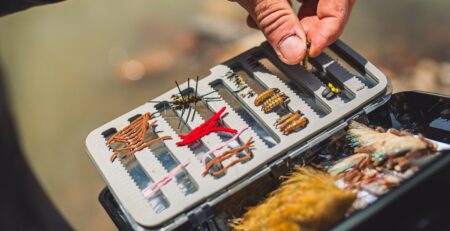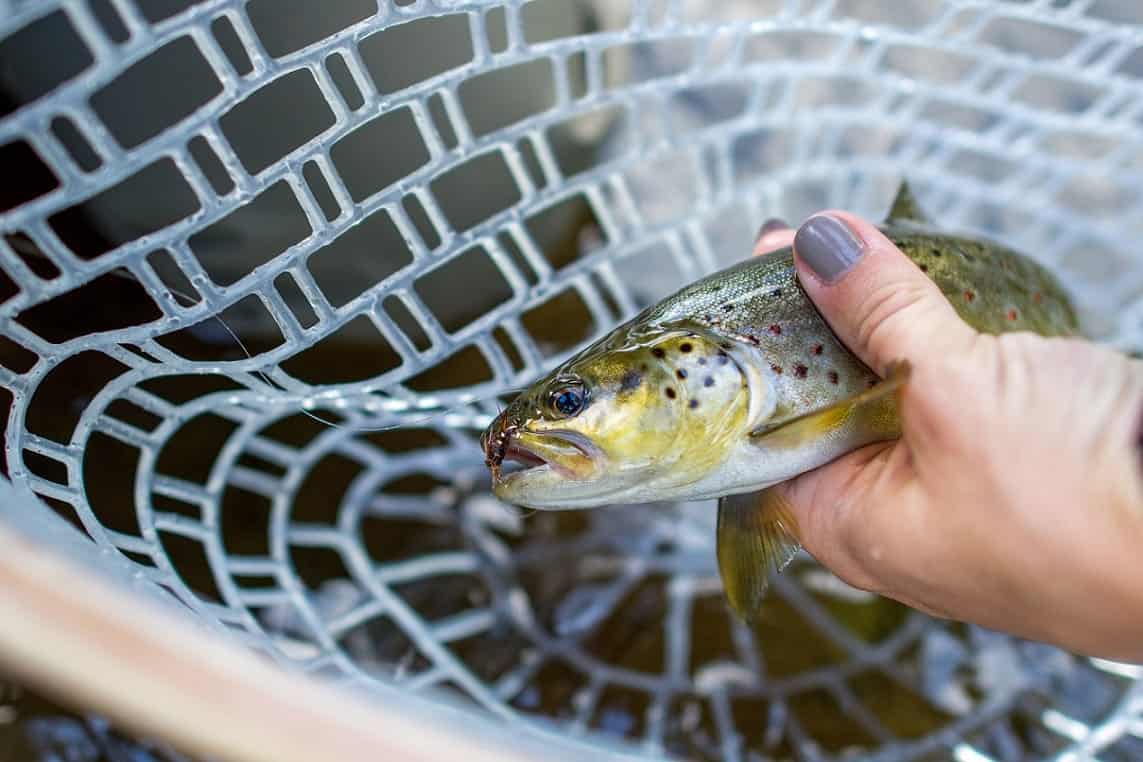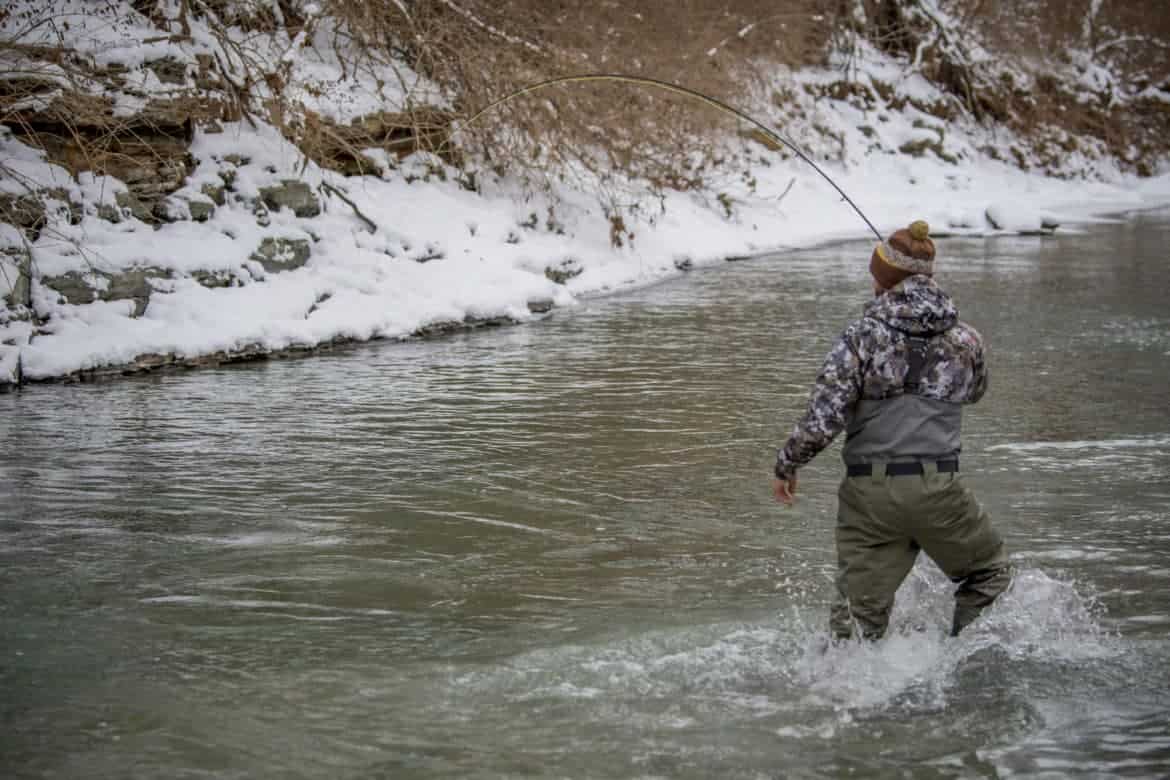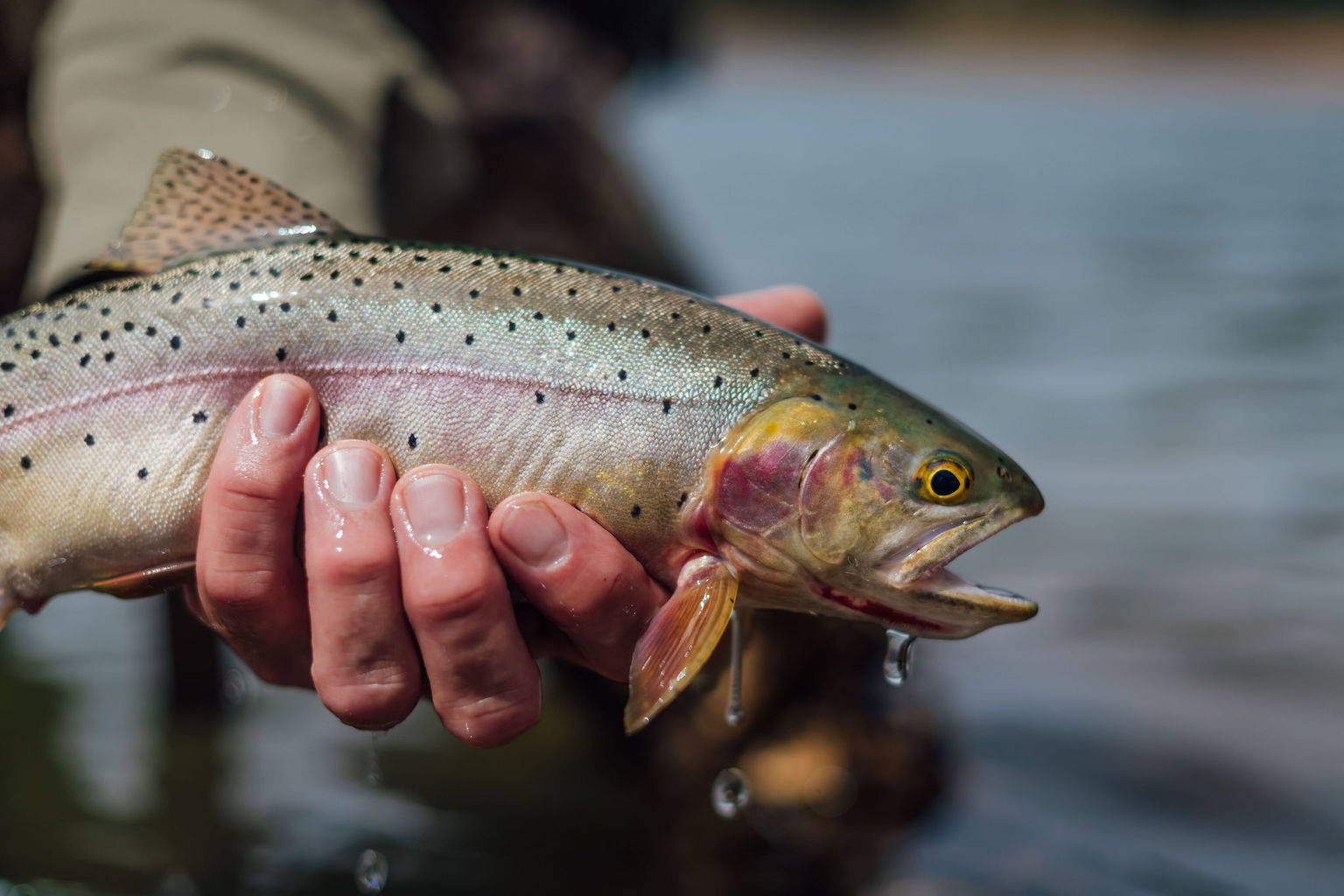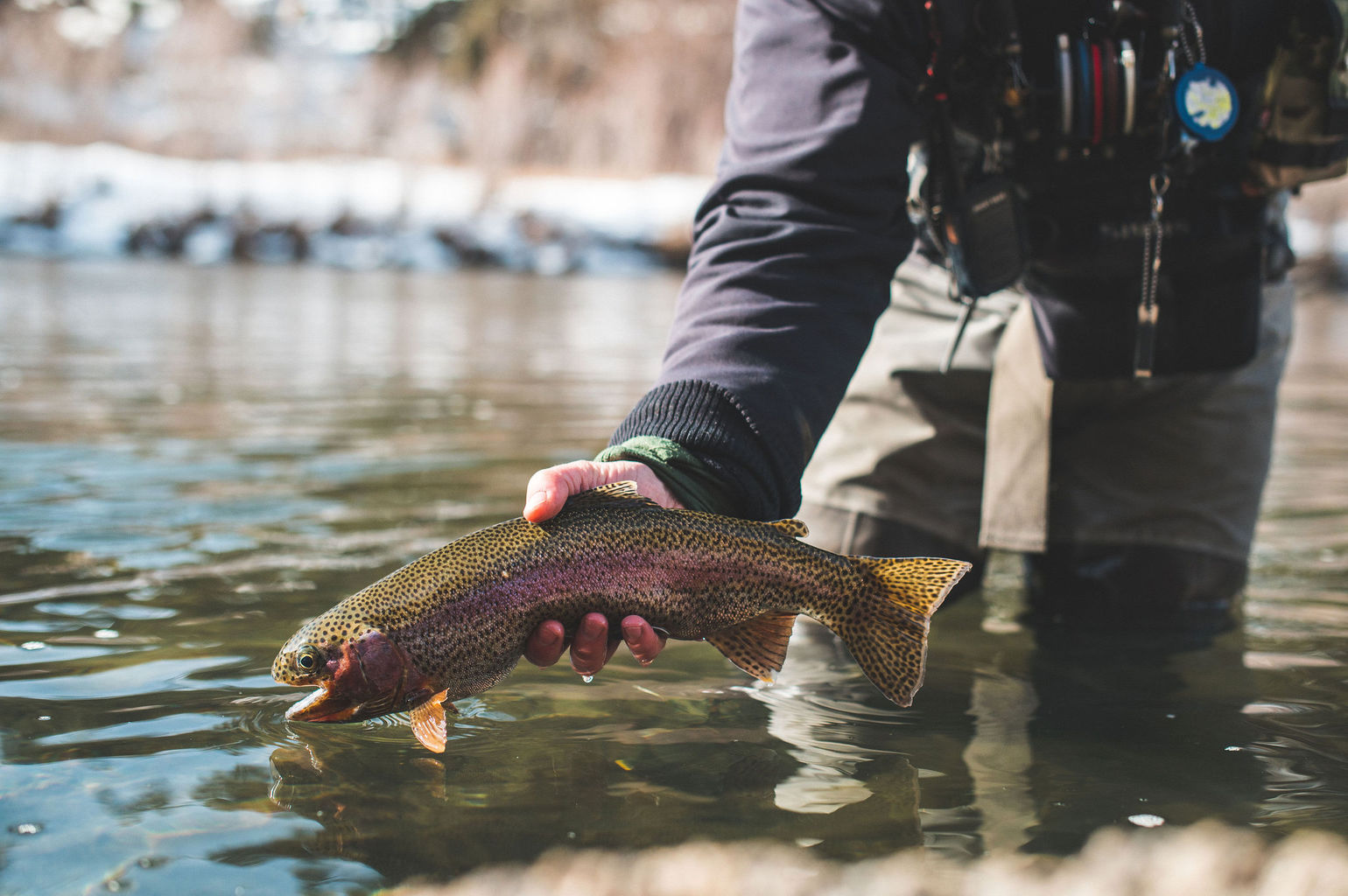4 Ways To Efficiently Organize Fly Boxes
At the end of the day an angler’s vest or pack can look more like a wrecked Christmas tree than anything else.
Flies are strewn about, nymphs hopelessly snarled in the yarn of an egg pattern, and dry flies dangling from the eye of an articulated streamer are commonplace after an outing. In some cases, this is due to the hastiness of changing rigs and not wanting to waste time refiling fly boxes when there are fish to be caught. Other times, our very fly organization setup can hinder our productivity and derail the contents of a pack or vest in spite of our best efforts.
In February, everyone’s fly boxes look sharp and organized with neat rows of beadheads and perky parachute drakes lined up ready for action. The scene a few short months later is a stark contrast! In truth, the messiness that’s typical of midseason starts way back in winter with the way we arrange our flies. The key to avoiding this mess is to plan ahead and arrange flies (and boxes) in a manner that best suits our needs.
By Stream
While it might be an underrated way to organize a box, in some ways it makes the most sense. For waters fished frequently, there are usually a list of maybe 10-12 patterns that are tried and true. Sometimes it takes years to hone in on this list, but once it’s known, our fly choice rarely extends beyond the proven imitations. Think of how often we fish a familiar water laden with box after box and then proceed to use the same two patterns all day long. It happens all the time, so by organizing fly boxes based on stream, less total boxes are needed without sacrificing flies we want to use.
By Type of Fly
This is probably the most common method of fly organization on the list. It seems only natural to group dry flies with other dries, nymphs with nymphs, hoppers with more hoppers, and on down the list. It makes perfect sense to do this because who wants to sift through three different nymph boxes just to find a cdc pheasant tail? If one box has all the beadhead nymphs, that’s a one stop shop for everything from a prince to a copper john!
By Season
Organizing a box by season can be a bit tricky during those in-between months like May and October, but when done well it’s a thing of beauty! The odds of experiencing a green drake hatch in November are probably pretty darn low, so there would be no need to have those flies on hand. The thing is, if we organize by type of fly or stream we might have those on in a season when they aren’t hatching. It takes a good number of flies because some bugs (BWO, Caddis, Midges, etc.) occur multiple times throughout the year, but setting up your boxes like this can really streamline the process and offer the most bang for your buck in April when a box is loaded with heavy nymphs or November with rows of egg patterns.
By Species
This setup can be a bit obvious for certain fly patterns. There aren’t many trout fishers that come to their favorite stream equipped with poppers and frog imitations. However, some flies crossover between species, and having them spread out in multiple boxes can be very efficient. Where this is most applicable is in the streamer arena. The large boat box that houses our articulated meat flies is probably a bit large to squeeze into a vest. By having a few of these in a dedicated bass box as well as a trout box ensures that they’ll be there no matter when we reach for them!
Few things are more frustrating than awkwardly fumbling through gear to find one specific fly. When the fish are rising and time is of the essence, efficient organization of our boxes based on stream, fly, season, or type of species can make all the difference!




